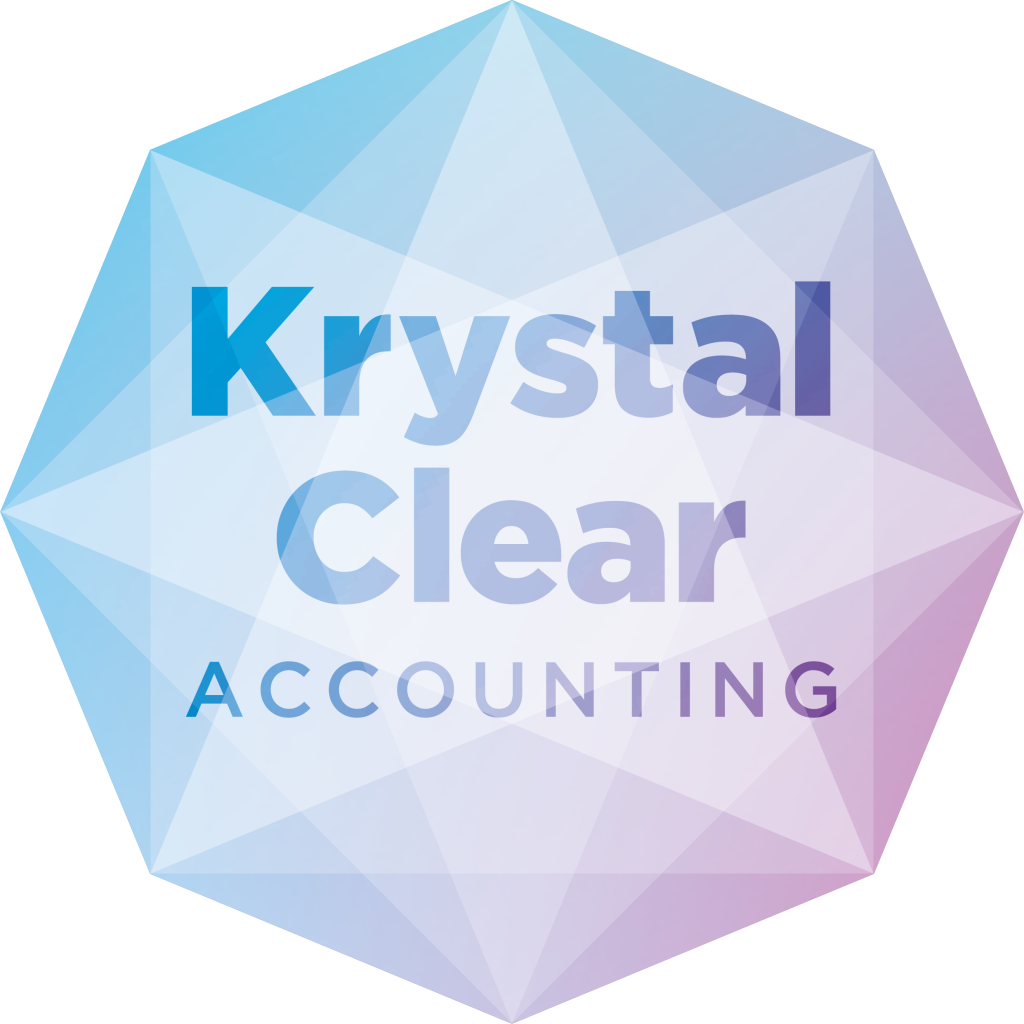
As a small business owner what is important to understand on a balance sheet?
The reality is that at least half of the items on the balance sheet are really only there for accountants or financial institutions, and don’t really matter much in the real world. However, the other half of the items are vital.
Understanding your business balance sheet is without a doubt important.
We like to explain to clients the technical accounting principles, facts, and figures in plain English, and practical terms. This way clients gain valuable insights without being treated as an accountant or overly bored! We love it if our clients ask us questions and don’t just nod in agreement. We know it isn’t always easy, after all, if you loved this stuff you’d be the qualified accountant and not a business owner!!!
We often hear – Balance sheet only matters for the year-end accounts right?
Things like tangible assets, goodwill, shareholders funds and net asset value are often only calculated once per year, and typically many months after the year-end has closed. If it was important, you’d want to see it at least quarterly and probably monthly. We understand though that business owners of small companies very often don’t buy fixed assets on a weekly basis in most cases and often it might be quarterly or even annually if at all!
But there are a handful of numbers which are really useful when running a small business or analysing company books.
The ones to watch are the items most closely connected to cash (and indeed cash itself), such as :
Working capital
Working capital comprises trade debtors (the amount owed to the company by clients), trade creditors (the amount owed by the company to suppliers) and stock.
If your trade debtor value is going through the roof, all of the hard-earned cash that would have been generated by the business is absorbed because you are effectively financing the operations of your clients.
Equally, if the company bookkeeper suddenly has a burst of activity and pays all of your suppliers in one go, the decrease in trade creditors will cause a good deal of cash to be consumed.
Debt
Once cash has been properly considered, the other important part of the balance sheet for business owners is the company’s debt position and in particular the value and status of any loans provided to the business.
On the balance sheet, a company’s debt is split between current creditors (for debts due within 12 months) and long term creditors.
So that means if a company has a £2m loan it is repaying over 5 years, £400k will be in current creditors and the balance will be in long term creditors.
But the problem is that the current creditor figure also includes non-financing debt – things like taxation (i.e. corporation, VAT or PAYE due to HMRC) and trade creditors. So you need to understand these and in your annual accounts have a good look through the notes to separate these out.
Many healthy companies will run a relatively large current creditor balance, because there is no need to pay HMRC or suppliers before you need to. So here are a couple of quick checks that you can do to see if these look OK either on your business or any company you are looking to do business with
- Trade creditors: take the number in the accounts and divide it by the sum of expenses excluding property and employees, then multiply by 365. This will give you an idea of the time it is taking the company to pay invoices. If it is around 30 days, then that’s pretty typical.
- Taxation creditors: add up the latest corporation tax bill (from the Profit & Loss account), then calculate the typical outstanding PAYE bill by adding in 45% of the annual employee costs divided by 12. You can also try to make an estimate of the average VAT bill, which can be done roughly by calculating the annual revenue minus the sum of expenses (excluding property and employees) multiplied by 20% divided by 4. If when you add all of this up, it ties broadly to the number in the balance sheet, that’s about what you would expect for a company operating normally.
- Bank loans: once you have added up the bank debt in both current and long-term debt, you need to compare this to the EBITDA. (Earnings before Interest, Tax, Depreciation and amortisation) There was a time when banks would lend 5 – 6x EBITDA, but these days it’s harder to know what the lending criteria is and is usually a case of speaking to individual lenders or using a brokers/individual who has links to various providers.
- As the above suggests, it’s one thing making the best use of cost effective accounts software, which is now excellent. However, this alone, without understanding the figures and using data the right way, means you may be missing out on important ways to improve your business and/or reduce risk.
The above is aimed at giving a very brief overview of what to look out for on a balance sheet. Check out our videos on our website or YouTube for more information.
At Krystal-Clear Accountancy we specialise in helping entrepreneurial small businesses get the most out of their business which usually entails:-
- More profit and hence money
- Better Relationships – more time away from their business as operationally it is more efficient
- Improved Health – less stress as the business is under control, you know your numbers and can sleep easier at night knowing that your business will achieve what you want it to!
Want more information on what a balance sheet is? Click here to watch our video…
If you’d like to find out more call 0161 410 0020 or drop an email to wecare@krystal-clear.co.uk

